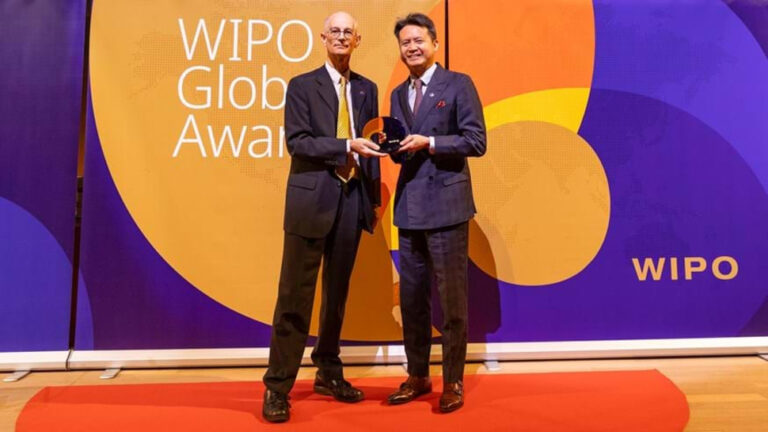The scientific method is essential for advancing knowledge, but its application to accelerating the progress and commercialisation of science is limited. Due to the lack of experimentation in this area, innovators and policymakers do not fully understand the most effective support mechanisms for research commercialisation. To optimize public investments in initiatives like ATTRACT, the NEXT project uses experimental methods to evaluate and improve science commercialisation initiatives, addressing this gap in innovation policy.
The project’s findings will provide actionable insights for innovators, policymakers, and technology transfer actors to enhance the impact of their commercialization efforts and promote experimental approaches in science commercialization.
It’s coordinated by the Innovation Growth Lab, a global policy lab that supports the development of productive, inclusive and sustainable economies, in collaboration with the Barcelona School of Economics, Esade Business School and Nesta.
Get to know more about NEXT with this interview featuring Sara García Arteagoitia, Senior researcher at the Innovation Growth Lab and member of the project’s research team.
What is your personal and career journey so far?
My background is in social sciences. I studied Political Science, Psychology and Sociology, and during my master’s I became interested in Political Psychology, which has the methodology of experimentation. That is how I ended up doing experiments. Then I wanted to do more policy work, so, joining the Innovation Growth Lab, which works to advance experimentation innovation policy, seemed like a great way to bring those two interests together.
What is the idea of the project? And how did it come about?
The idea of NEXT is to bring more experimentation into innovation policy, and specifically in this case, into university-industry collaboration. It came about because of the mix of expertise of the different members of the project. So, the Innovation Growth Lab, which is more about working with policymakers and then the academics in the team who know more about the field area.
Which partners are involved and how did you find them?
Our consortium has three members. There’s the Innovation Growth Lab, we sit at Nesta which is the British innovation agency for social good, and we work with the Barcelona School of Economics (BSE), in which part of our team is based there. We also work with Esade as we know Jonathan Wareham from previous interactions, and he is very close to ATTRACT, so, bringing together his expertise and our expertise in experimentation and policy work seemed like a great match.
What can be the impact of your study on ATTRACT?
We hope that this project will lead to quite a few learnings. So, the direct learnings from the pilots that we are working on, what works and what doesn’t in proof of concept programs, in upskilling researchers and also in bringing together national businesses with big science institutions, but also about the program that we are setting up to accelerate those pilots, which is what resources, what support do policymakers, tech transfer offices and other stakeholders in this space, need to be able to experiment more with the programs that they create.
How do you envision participating in this project will contribute to your personal and professional development?
We are already, halfway through the project, and I have already learned so much about university-industry collaboration, about this ecosystem, about the blockers and enablers to advance experimentation. I hope that the learnings from ATTRACT will be widely disseminated and I hope to be able to contribute more and at a higher scale in the future in this policy space.
For more information
Visit the NEXT project site.


